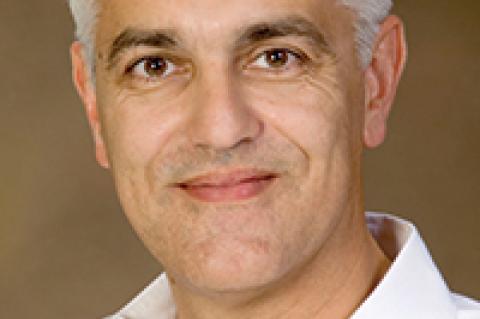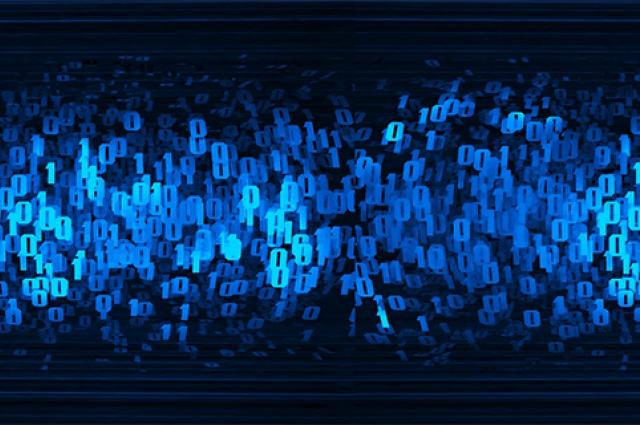UA Fulbright Scholar Working to Ensure Integrity of Digital Data
As computers and telecommunications devices become more and more powerful, scientists and engineers around the world are constantly working to improve coding techniques that ensure reliable data transmission. University of Arizona electrical and computer engineering professor Bane Vasić, who recently received a Fulbright U.S. Scholar grant, is one of those researchers.
Vasić will join experts in Serbia at the University of Nis Faculty of Electronic Engineering, or ELEF, and in France at École Nationale Supérieure de l'Électronique et de ses Applications, or ENSEA, in spring 2015 to advance error-correcting code techniques.
It is one thing to be able to transmit a multitude of different types of data over many kinds of devices. It is quite another matter to ensure that all the data arrives at its destination intact. Error-correction techniques guarantee the flawless transmission of digital data over the airwaves or through copper wire, even in the presence of corrupting influences, called noise.

"The error-correction codes that we as engineers build in communications or memory chips are a kind of grammar that computers use to understand data and keep it meaningful," Vasić said.
Over the last 10 years, Vasić has been instrumental in the development of an error-correction technique called low-density parity check codes, or LDPC codes. LDPC coding is the most reliable way to transmit data intact over communications channels such as wireless networks, satellites and power lines.
Computer chips built to consume less power and work at faster speeds can also compromise data reliability. Vasić’s research with ELEF and ENSEA will build on LDPC code techniques to develop error-correction methods to match evolving computer hardware.
Vasić has established Codelucida, a startup aiming to ensure highly efficient error correction and communication between computer chips on solid-state drives. Vasić’s error-correction and coding lab is in the process of patenting these new decoders, which he plans to implement in silicon chips that will be offered to flash memory, optical communications and hard drive companies.


